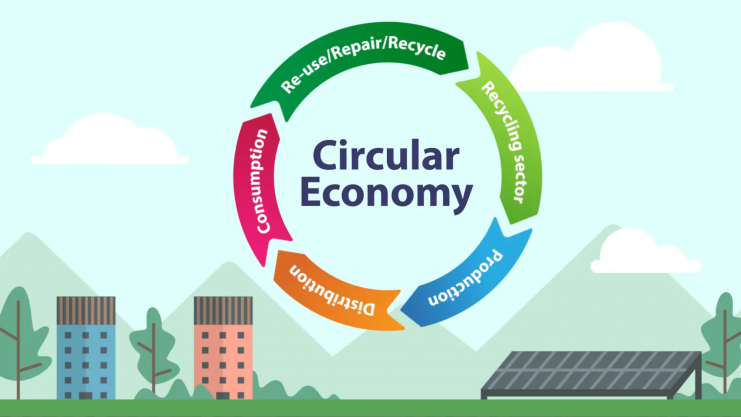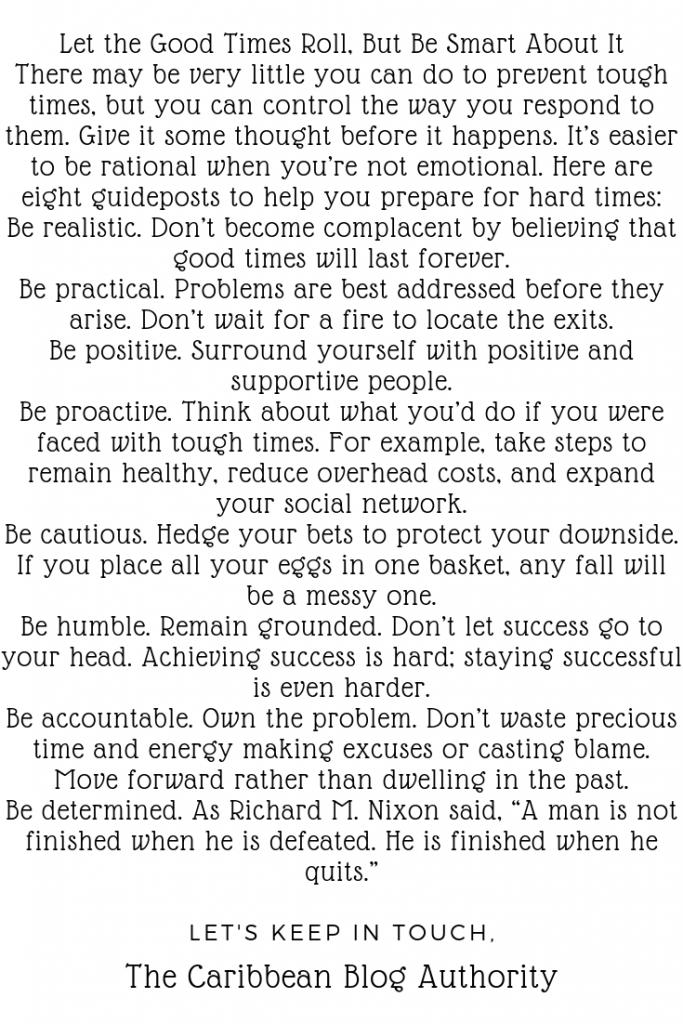




With the accessibility convenience that the Internet provides, it’s also easier than ever before to start your own business. Many times, you can even do it from your own home.
But, just because it’s easier than in the past to start your own company doesn’t mean you don’t need to be cautious.
In fact, there’s a handful of questions you need to ask yourself before you dive in.
Not sure where to start? Don’t worry, we got you covered.
Let’s take a look at everything you need to know about what you need to consider while creating your business plan.
1. “What Problem Can My Business Solve?”
This is one of the most important questions you can ask, and it’s important that you be honest with yourself.
If what you offer to your target audience solves a problem or makes their lives easier, they’ll likely pay money for it. But, if it doesn’t bring them much value, you may find that your company’s performance will struggle.
The good news is that the answer to this question isn’t always complicated.
It could be as simple as an app that helps budding musicians find open mic nights in their city, or a platform that lets people hire local petsitters.
2. “What’s My X-Factor?”
So, you’ve found what problem you’re going to solve. That’s great!
Except, it’s likely that plenty of other people have the same mission.
While competition isn’t inherently bad, it can make things a bit difficult as a business owner. This is especially true when you’re just starting out.
So, you’re going to have to find a way to stand out from the crowd if you want to get your audience’s attention.
Ways you can help differentiate yourself include:
- Provide above and beyond customer service
- Develop a powerful culture around your brand (Nike, for example)
- Have a relatable cause or story behind your business
- Be weird and unconventional
The more effort you put into being unique as a business, the better off you’ll be.
3. “What Resources/Funds Do I Have Available?”
This is another one where you’ll need to be completely honest with yourself.
If you don’t have the proper funds and resources (or can’t definitively secure them), don’t get too caught up in bringing an end-game vision to life.
For example, there are people out there who dream of having their own office and a dozen employees working under them. But, there’s no need to spend money on renting a workspace if you’re just starting out in most circumstances.
Instead, focus on what you can realistically obtain with what you have access to.
Even you only have a few thousand dollars or only know a couple of people in the industry, it’s important to accept that you’ve got some work to do before you start scaling your company.
4. “How Well Do I Know the Market?”
You wouldn’t set out to sea without checking the weather, would you?
The same applies here when entering a market for the first time.
You could provide the best product or service the industry has ever seen, but introducing it at the wrong time could spell the end for your business.
Similarly, you’ll also need to consider unexpected factors, such as unforeseen costs and how your audience reacts to your branding/marketing.
Put simply, you need to put in the time and research everything you can about the industry you’re about to enter. This means analyzing your competition, your audience, and the performance of the market itself are all crucial.
5. “How Do I Create My Marketing Product/Service?”
Yet another one of those make-or-break questions.
How you market your product or service is just as important as what you’re actually offering. But, it’s not quite as daunting as it seems to come up with a strategy.
To get started, consider what is known as the Four P’s of marketing:
- Product- What you offer and how it will stand out among other products. Also, consider who you want to buy it.
- Price- What you charge for what you offer. Pursue the ‘sweet spot’ in terms of price that will optimize sales.
- Promotion- How you frame your product or service. For example, it could be marketed as a premium purchase or something that is intentionally barebones.
- Place- How you reach your audience. Essentially, this is your chosen method(s) of making sales (online store, phone, retail, etc.).
Flesh out each answer as thoroughly as possible and you’ll end up with a solid marketing plan.
6. “What Is My Exit Strategy?”
Sometimes, things don’t go as planned. That’s why inventions like seatbelts and lifejackets exist.
The same applies when starting your own business. Unforeseen circumstances could very easily cause your company to enter a downward spiral, such as an imploding market that leaves no need for what you offer.
So, you need to come up with a plan to cushion the blow as much as possible (or eliminate it entirely).
Common exit strategies include:
- Selling your company to another business owner
- Shutting down all operations and liquidating
- Merging with another company that provides similar products or services
Think of what the ideal solution to an emergency scenario would be, and then plan for it.
That way, you’ll be one step ahead when the need for a way out arises.
Coming up With a Solid Business Plan Can Seem Difficult
But it doesn’t have to be.
With the above information about developing a business plan in mind, you’ll be well on your way to giving your company the best chance of success.


















